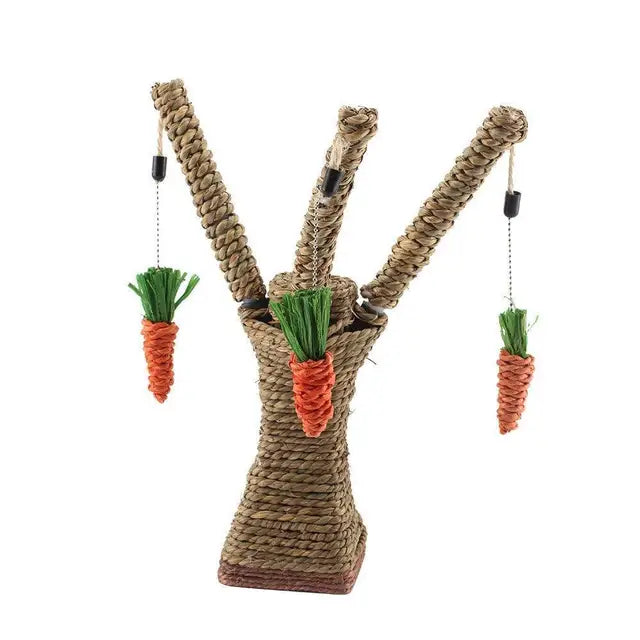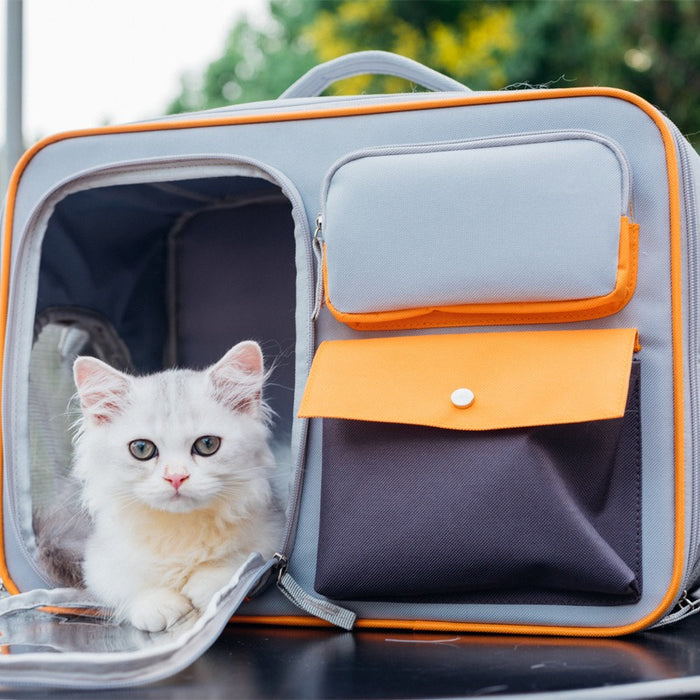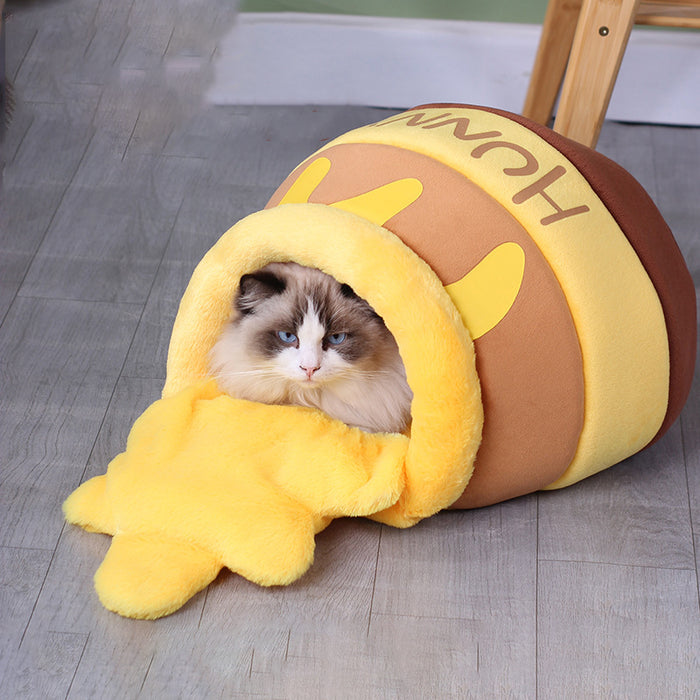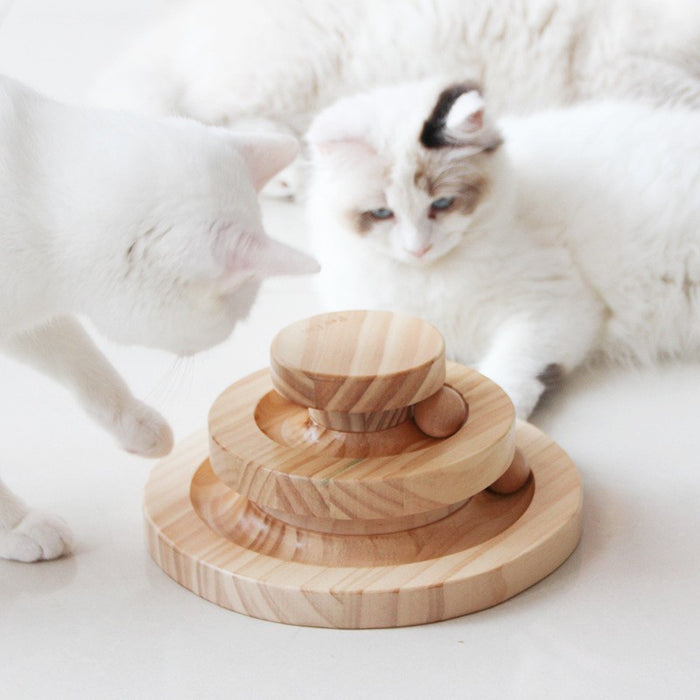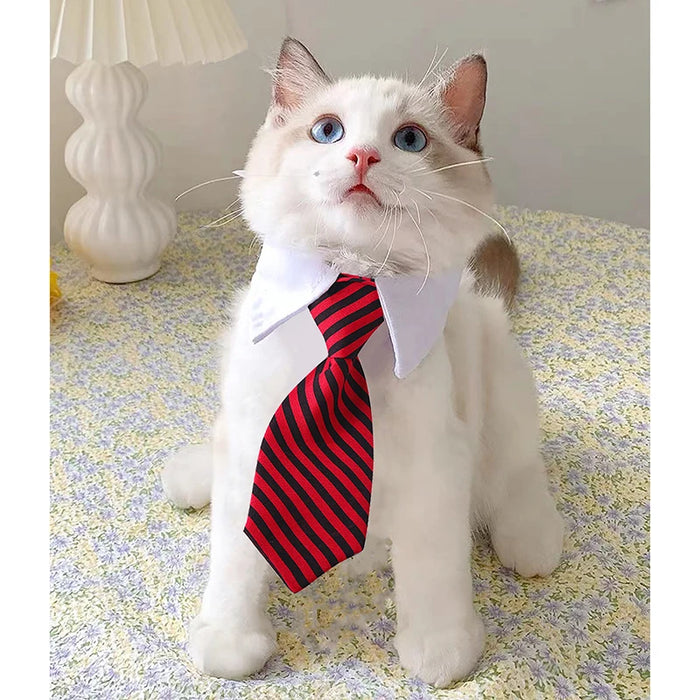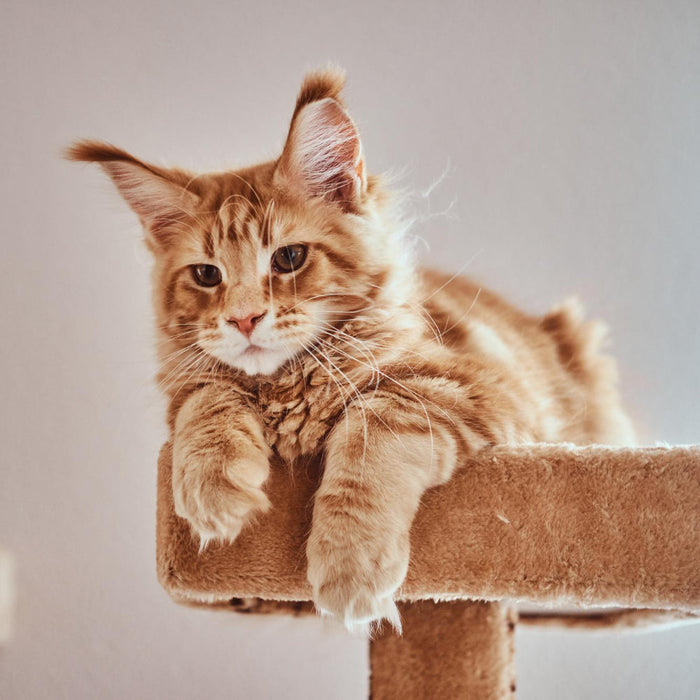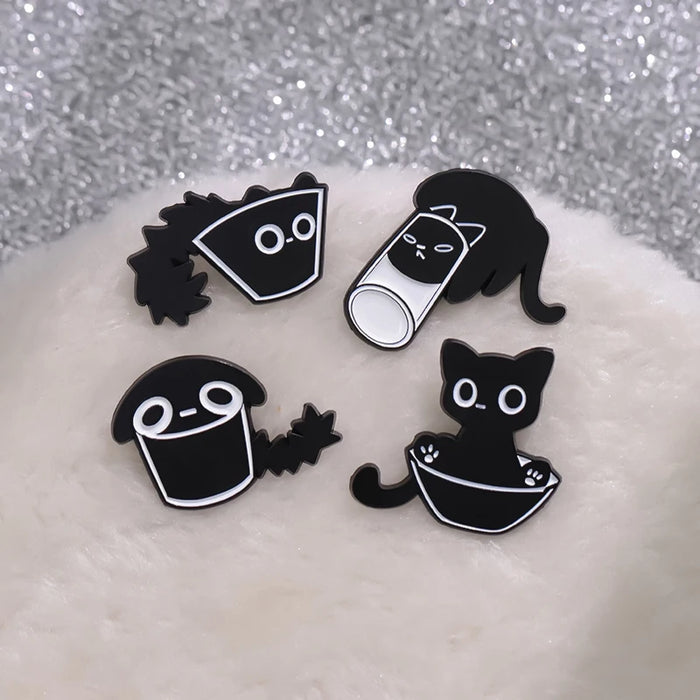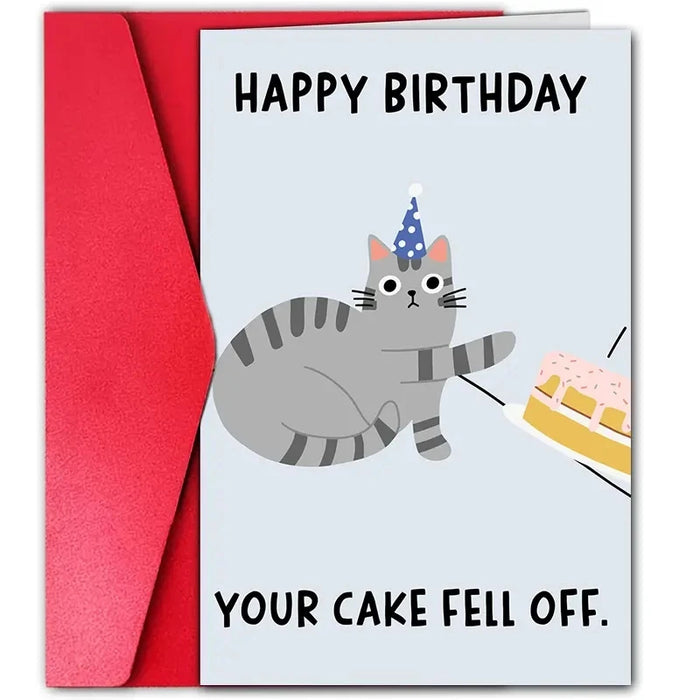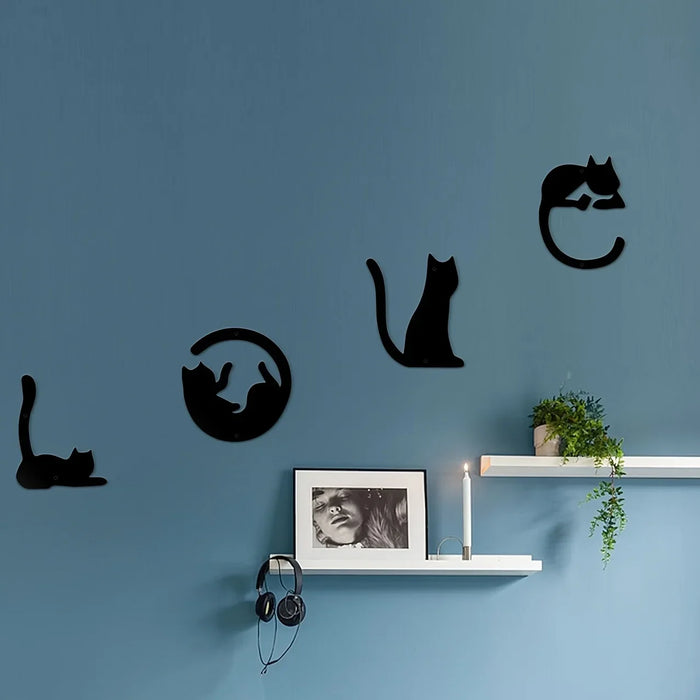

· Por Catnip Crazed
Why Do Cats Make Biscuits?
Have you ever found yourself settling down with a book or in front of the TV, only to have your cat hop onto your lap and start pressing their paws in and out, gazing up at you with those big, soulful eyes? This adorable action, known as kneading, is a common behavior exhibited by our feline companions. But why do they do it? Is it a sign of affection, or is there more to this puzzling behavior? Let’s unravel the mystery of why your cat kneads you and reveal the fascinating reasons behind this endearing habit.
Understanding Kneading
What is Kneading?
Kneading, often affectionately referred to as "making biscuits," involves your cat pushing forward with their front paws, alternating between left and right, often on a soft, pliable surface — which, more often than not, happens to be you! It's a behavior that's as common as it is mysterious, rooted in instinct and emotion.
Origins of Kneading
The behavior starts early in life. Kittens knead their mother's belly as they nurse to stimulate milk flow. This instinctual action is associated with the comforting sensations of warmth, safety, and nourishment from their mother. But as they grow older, cats continue this behavior, which leads us to wonder: why do adult cats knead?

Theories Behind Why Cats Knead
Comfort and Contentment
At its heart, kneading is often a display of comfort and contentment. When your cat kneads on you, it's usually a sign they're feeling blissfully relaxed and happy. This behavior is a throwback to their kittenhood, evoking the same feelings of security and well-being they experienced while nursing.
Marking Territory
Cats are territorial creatures, and they use scent as a primary means of marking their domain. With scent glands located in their paws, kneading may serve as a way for cats to mark their territory — in this case, you — with their unique scent, claiming you as their own in the most affectionate way possible.
Preparing a Resting Place
The act of kneading also traces back to wild ancestors who would tread down grass or leaves to create a soft sleeping spot. Your cat's kneading on your lap or their favorite blanket is a deeply ingrained instinct to prepare a cozy nest for resting.
Stretching Muscles
Kneading provides a great stretch and strengthens your cat's paws and legs. It's akin to a mini workout session, keeping their muscles toned and limber — an essential aspect of their predatory prowess.
Emotional and Psychological Aspects
Bonding with Humans
Kneading is more than just a physical action; it's a bonding activity. When your cat kneads you, it's a sign of trust and affection. They feel safe and loved in your presence, and kneading is their way of expressing that love and strengthening the bond between you.
Self-Soothing Behavior
Kneading can also be a form of self-soothing. For some cats, it's a way to relax and calm themselves, similar to a child hugging a teddy bear. It's a comforting behavior that helps them deal with stress or anxiety, reverting to a state of kitten-like contentment.
When Kneading Becomes a Problem
While kneading is generally a harmless and endearing behavior, it can sometimes become a bit much, especially if your cat has their claws out during the process.
Over-Kneading with Claws Out
If your cat's kneading becomes painful due to extended claws, consider providing a soft blanket or pillow for them to knead instead. This can protect your skin while still allowing your cat to engage in this natural behavior.
Obsessive Kneading
In rare cases, kneading might become obsessive or indicative of anxiety. If you notice your cat kneading excessively, or if the behavior is accompanied by other signs of stress, it might be worth consulting with a veterinarian to rule out any underlying issues.

Embracing Your Cat's Kneading
Understanding the love behind the action can deepen the connection between you and your cat. Kneading is a multifaceted behavior that encompasses a mixture of instinct, affection, and comfort. It's a reminder of the trust and bond your cat shares with you, a gesture that spans from their earliest days of life right into their adult years.
Tips for Enjoying This Behavior
To fully embrace and enjoy your cat's kneading:
- Provide a designated "kneading zone" with blankets or pillows specifically for this purpose.
- Engage in quiet, bonding activities during kneading sessions, like gentle petting or soft talking, to reinforce the positive association.
- Respect your cat's space and cues. If they're in the mood to knead and cuddle, enjoy the moment.

